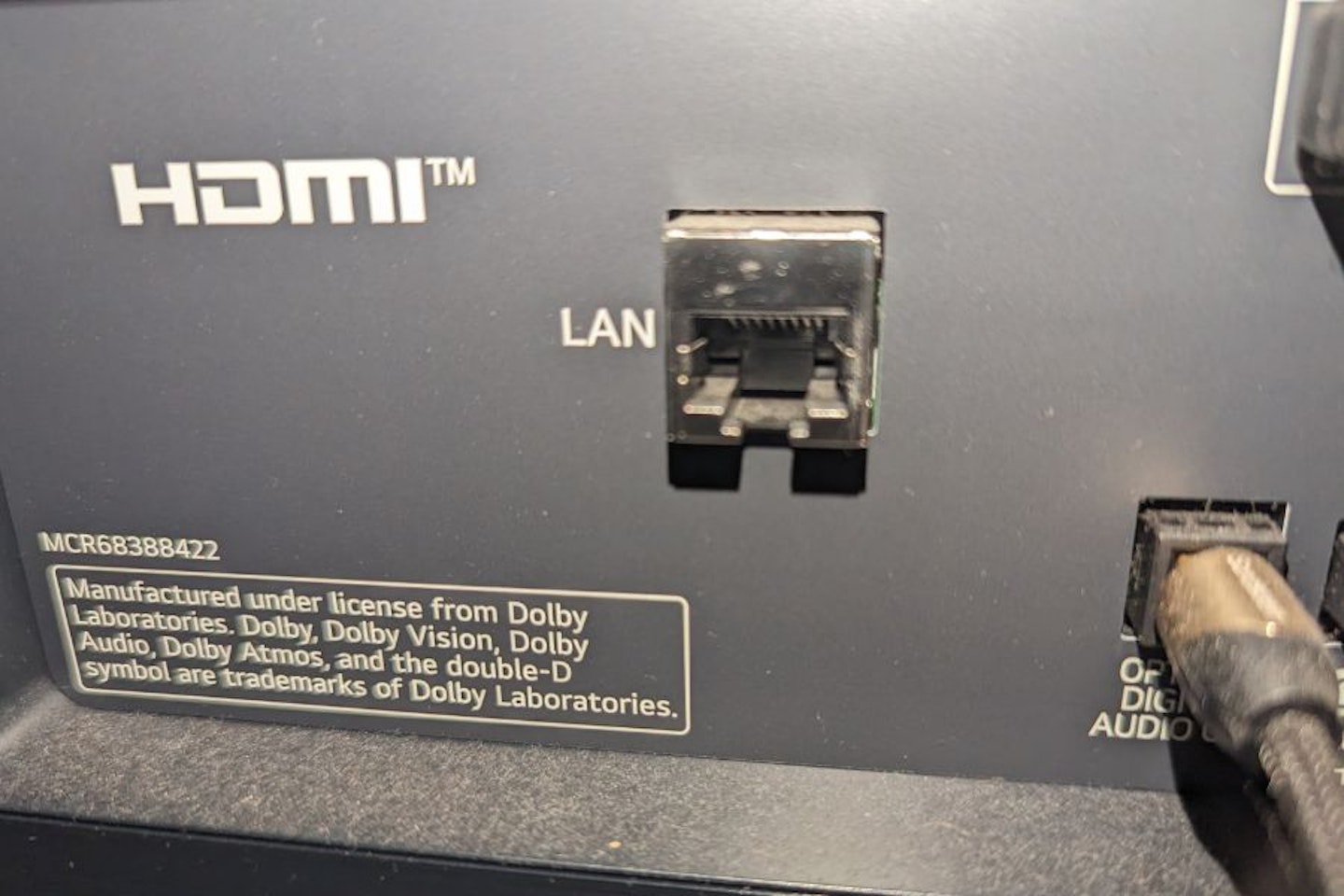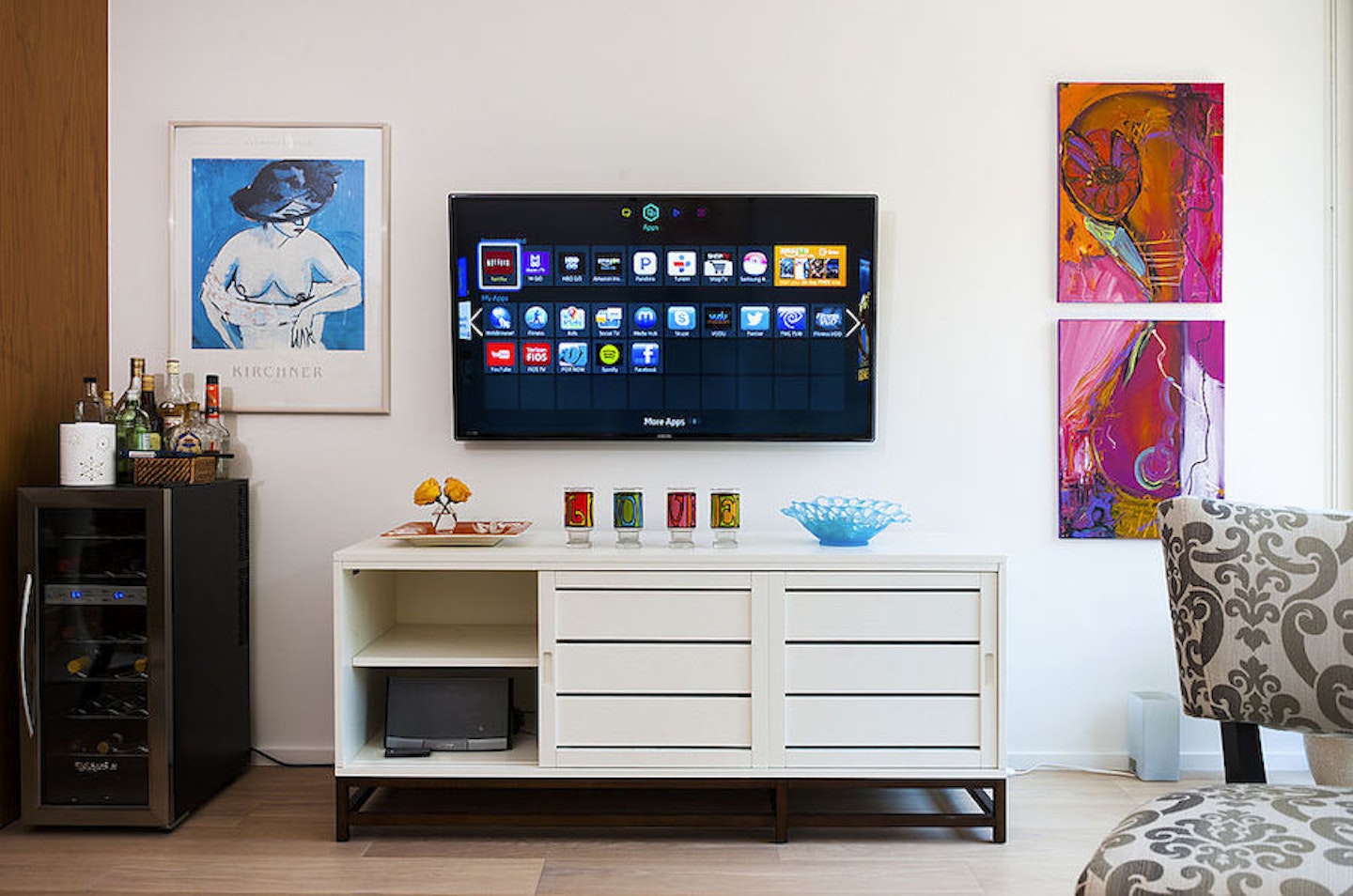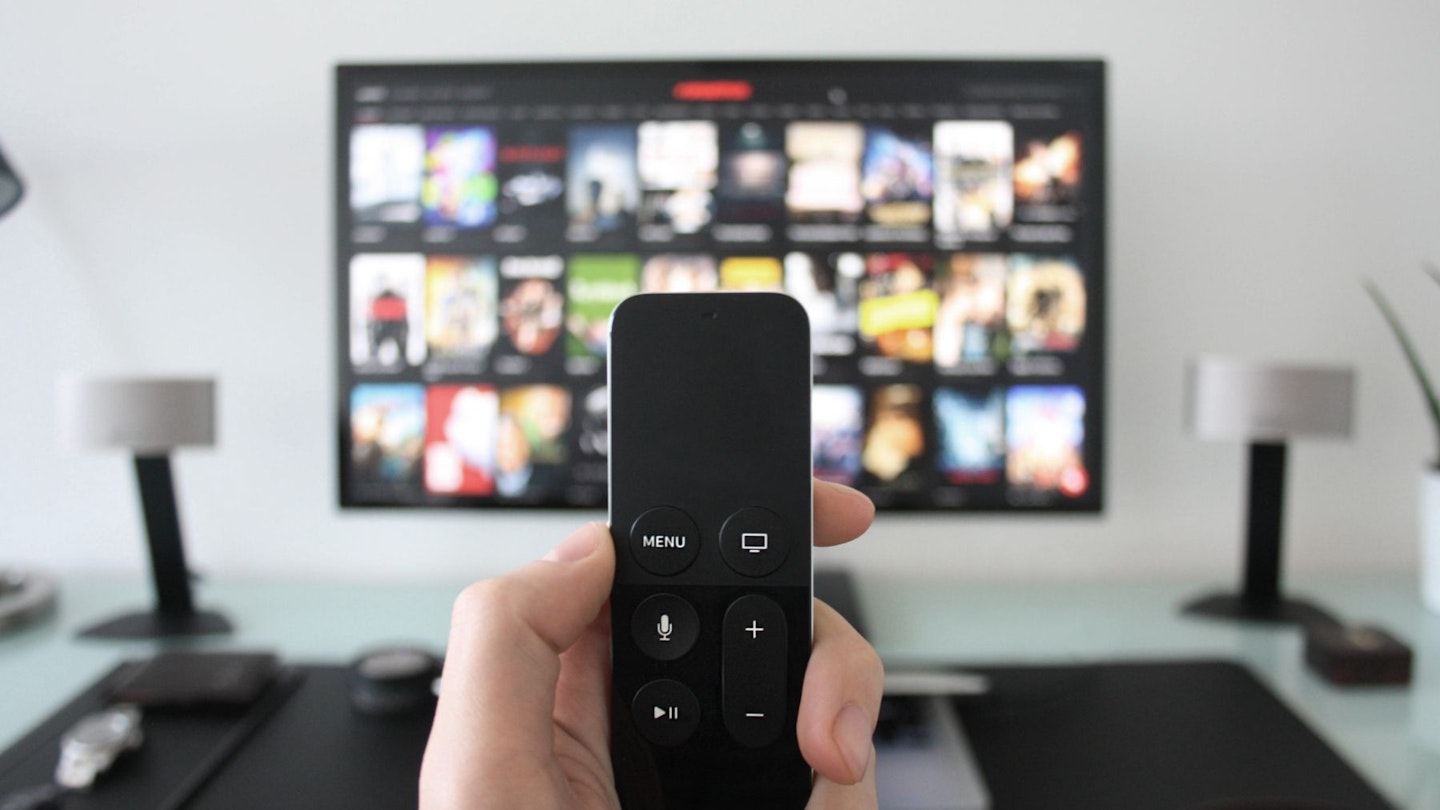The best smart TVs come packed with plenty of additional apps and streaming services from the get-go, but if you want to use them, you'll need to connect your TV to the internet. Some models even have web browsers included, so you don't want to miss out on the extra versatility.
Many of us primarily use our TV for binge-watching and streaming shows now, so a good connection is a must. We've been there, sitting in front of an eternally loading Netflix loop, so we understand the torment a poor connection can cause. It's also sometimes nice to stick Spotify or a similar music streaming app on, and plenty of smart TVs allow you to download additional apps like that as long as you're connected to the internet.
If you opt for a gaming TV, you shouldn't have to worry about your TV's connection and instead focus on the console. That said, some smart TVs now come with specific gaming modes, which in turn can have features that an internet connection helps with.
It's worth noting that there is more than one way to connect your TV to the internet, and it's up to you to decide which is better for your setup. We'll discuss the benefits and downsides of the most notable methods.
The ethernet way

You'll want to use an ethernet cable if you're looking for the most stable and efficient connection.
1. Connect an ethernet cable to your router and then run it to your TV.
2. There will be a distinct port to connect to, usually highlighted with a colour. It may also be labelled as a LAN connection, which stands for Local Area Connection. Plug the cable in.
Depending on your TV, that might be everything sorted immediately, but if not, you don't have many more steps.
3. Head to network settings and select your router name.
4. If that isn't an option on your TV, then you may need to enable wired internet as an option, at which point you should be good to go.
The advantages of ethernet are brilliant. Firstly, if the setup goes well, it's easy to get going immediately. Secondly, the wired connection is much more reliable and stable than Wi-Fi. It won't get blocked by physical obstructions, and it won't randomly dip anywhere near as often. As an extension of that, the wire ensures the connection is fast, so you should end up with faster loading times, too.
Of course, ethernet does come with the downside of the cable itself. Sure, ethernet cables tend to be very long, so in most cases, running it from your router to the TV shouldn't be too difficult, but that could still be a fair distance, depending on your layout. You need to consider keeping the cable looking tidy, ensuring no one trips and that it doesn't get damaged. It requires a lot more care and afterthought than Wi-Fi.
The wireless way

So long as your router isn't several rooms away, opting for a wireless connection is a convenient and relatively hands-off method for connecting your TV to the internet.
1. Use your remote to navigate to the network and/or internet settings, and you should see a way to add a wireless connection. As long as your router is on and within range, it should be on a list of potential connections you can choose from. If you're unsure what your hub is called, most have a little card or section that labels them and their password.
2. Once you've chosen your connection, you'll be prompted to enter said password. If all goes well and your broadband is connected to the internet, your TV should also connect now.
One of the advantages of a Wi-Fi connection is that you don't have to use a physical cable. Considering you likely have a few HDMI cables, the power cable, maybe some connections to a soundbar or speakers, and so forth, it's a blessing not to have an extra wire added to the mix.
We recommend using this approach if you have a wall-mounted TV. It'll be a lot easier to connect wirelessly rather than finding a way to elevate an ethernet cable without damaging it or creating a messy setup.
Using a Wi-Fi connection does mean putting up with the occasional dip in speed. A wireless connection runs the risk of being interrupted, and sometimes you may even need to reconnect it manually. If your broadband is spotty as best, this could become quite an annoyance. That said, this should be relatively infrequent if your internet connection is decent. It's worth noting that Wi-Fi is usually a little slower than ethernet, but the difference in modern setups isn't that stark.
One last note
Ultimately, every TV brand does things slightly differently, and even separate models by the same brand can differ in approach. As such, while the methods above should work in most cases, there might be a rare instance where an extra step has been added.
If neither way of connecting to the internet seems to work, we suggest consulting your chosen TV brand's own site. There should be additional information there, and if you can find a listing of your specific TV model, an FAQ section might have the answer to the puzzle.
Kyle Purves is a Commercial Content Writer for What’s The Best, with an avid interest in all things gaming and tech.
They’re well-versed in reviewing a variety of tech products, with a soft spot for speakers and earphones. They’re also no stranger to hunting down the best savings, always wanting to get the best deal possible. Outside of work, they can often be found playing through an RPG, listening to Japanese noise rock, or trying to catch up with their ever-expanding list of shows and anime to watch. If possible, they try to play Dungeons and Dragons a couple of times a week, but getting six adults to be free at the same time is easier said than done.
Subscribe to the What’s The Best Newsletter to keep up to date with more of the latest reviews and recommendations from the rest of the What’s The Best team.
